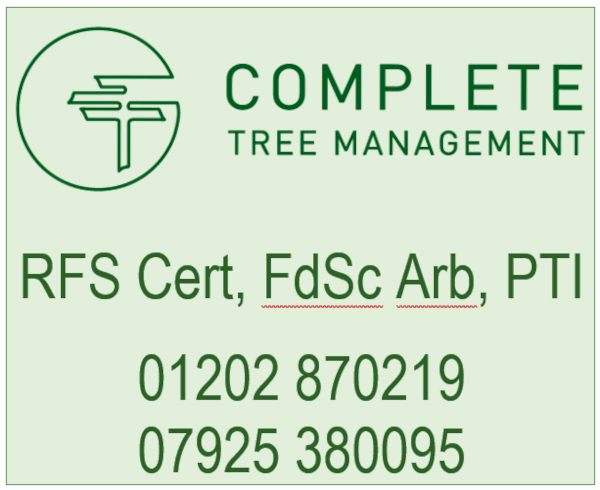
|
A J Pope can help in defining the work that will be appropriate for the tree(s) and in line with British Standard BS 3998 - Recommendations for Tree Work. The commonest tree work operations are summarised here to outline some of your options.Please note that the entire branch system is known as the 'crown' LPA approval is not required to remove dead branches. Crown ThinningThis reduces the density of the tree's crown without changing the overall shape and size of the tree. Thinning reduces the amount of foliage and allows more light through the canopy or crown. The amount of thinning proposed should be specified as a percentage (%) of the leaf area (usually no more than 30%). Useful for letting more light into gardens and windows Crown LiftingThis means removing lower branches to increase the clearance between the ground and the crown. Identify the branches you wish to remove, or specify a height above ground level to which you wish to 'lift' the crown. Useful for allowing more light into gardens Prevents low branches obstructing paths, drives etc. Crown ReductionThe tree crown is reduced by shortening branches, and so changes the overall size and shape of the tree. Reductions are usually carried out all round the outer parts of the crown to maintain a balanced shape, but seldom should it include cutting through the main stem. The amount of reduction proposed should be stated in terms of the intended height and spread of the tree after pruning (rather than what percentage (%) of the overall crown is to be removed). Partial reduction may be useful for preventing branches contacting buildings, roofs and guttering |
• Professional and Qualified
• Fully Insured
• All aspects of tree work undertaken


